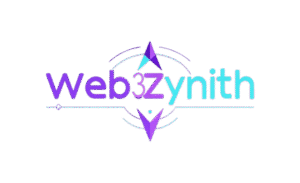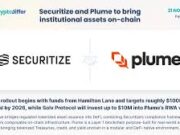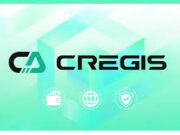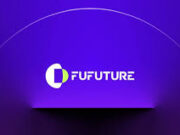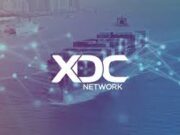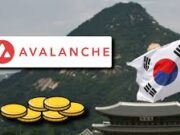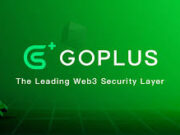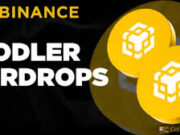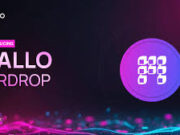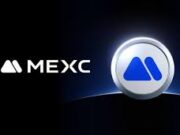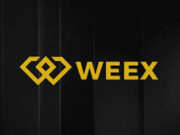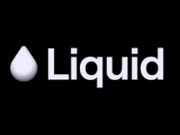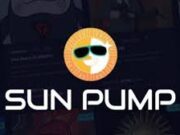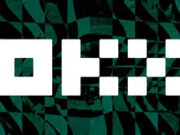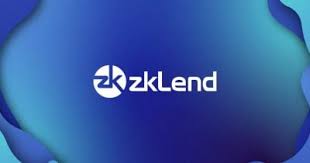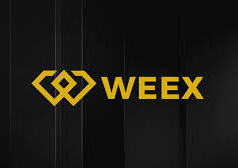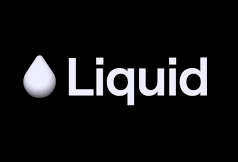Big news for zkLend users: the 21-day unstaking period for kSTRK tokens has wrapped up, and as of August 30, 2025, you can finally redeem and withdraw your STRK assets from the zkLend staking portal. This marks a significant step for the Starknet-based Layer 2 protocol, which has been navigating a rocky road since a $9.5 million hack earlier this year. Let’s break down what this means, how we got here, and what’s at stake for zkLend’s community as they access their funds.
The Unstaking Process: What Just Happened?
zkLend, a decentralized money market protocol built on Starknet, uses kSTRK tokens to represent staked STRK positions within its ecosystem. Staking STRK allows users to earn rewards while supporting the protocol’s lending and borrowing operations. However, unstaking these tokens isn’t instant—it comes with a 21-day waiting period, a common feature in Proof-of-Stake (PoS) systems to stabilize the network and deter rapid withdrawals that could disrupt liquidity.
The completion of this 21-day unstaking process, announced via zkLend’s official X account on August 30, 2025, means users can now convert their kSTRK back to STRK and withdraw it to their Starknet wallets. This process is part of zkLend’s standard protocol for managing staked assets, ensuring orderly exits while maintaining network stability. For users, it’s a moment of relief, especially after months of uncertainty following the protocol’s challenges.
Source: zkLend X Post, August 30, 2025
Why the 21-Day Wait? Understanding the Mechanics
The 21-day unstaking period isn’t arbitrary—it’s a deliberate design choice rooted in blockchain security and economics. Similar to other PoS networks like Terra or Ethereum, zkLend’s unstaking delay helps prevent flash crashes or malicious behavior, such as validators unstaking immediately after an attack to avoid penalties. It also gives the protocol time to monitor for anomalies, like sudden large withdrawals, that could signal trouble.
This mechanism proved especially relevant for zkLend after its February 12, 2025, exploit, which drained $9.5 million from four of its eleven pools (ETH, USDC, USDT, and STRK). The 21-day period ensures that even in turbulent times, withdrawals are processed methodically, protecting the protocol’s liquidity and user funds. While some PoS chains, like Cardano, allow instant withdrawals, zkLend’s approach aligns with networks like Terra, where a cooldown period balances flexibility with stability.
Source: Reddit Discussion on Unstaking Periods, March 22, 2022<:>
The Bigger Picture: zkLend’s Tough Year
To understand why this unstaking milestone matters, we need to zoom out. zkLend, launched as a promising Layer 2 lending protocol on Starknet, combines zk-rollup scalability with Ethereum’s security, offering low-cost, high-speed transactions for DeFi users and institutions. But 2025 has been brutal. On February 12, a sophisticated hack exploited a flaw in zkLend’s safeMath library, allowing an attacker to manipulate the lending accumulator and drain $9.5 million in assets. The attacker inflated their balance through repeated deposits and withdrawals in the wstETH market, exposing vulnerabilities in the protocol’s smart contracts.
The fallout was severe. User confidence tanked, and the delisting of zkLend’s native ZEND token from major exchanges like Bybit and KuCoin further crippled its liquidity. By June 25, 2025, zkLend announced it was shutting down, redirecting its $200,000 treasury to a recovery fund for affected users. Despite the closure, zkLend kept its DeFi Spring, recovery, and kSTRK portals open to allow users to unstake or claim funds, showing a commitment to its community even in its final days.
Source: Crypto News, June 25, 2025<:>
The Redemption Process: What Users Need to Know
With the unstaking period over, most kSTRK holders can now access their STRK through zkLend’s staking portal. The process is straightforward: users log into the portal, redeem their kSTRK for STRK, and withdraw to their Starknet wallet. However, not all users may receive full refunds. The February hack affected specific pools, leaving unaffected pools like kSTRK, DAIv0, DAIv1, EKUBO, WBTC, WSTETHv0, and ZEND with sufficient liquidity for full repayments. Affected pools (ETH, USDC, USDT, STRK) face partial refunds, with users receiving Recovery NFTs to represent outstanding claims.
zkLend’s recovery portal, launched on March 5, 2025, allows users to check their net deposited value (NDV) based on a snapshot taken when the protocol halted operations post-hack. Users with funds in unaffected pools, like kSTRK, are prioritized for full refunds, while others may receive partial repayments supplemented by Recovery NFTs. These NFTs, totaling 82,818 and valued at roughly $9 million, represent claims on future recoveries, though claims are non-transferable and subject to zkLend’s discretion.
Source: zkLend Recovery Portal<:>
The Stakes: User Confidence and Market Impact
The successful completion of kSTRK unstaking is a small win for zkLend’s battered community. After the hack, Starknet’s native STRK token took a hit, dropping 28% in a month to $0.11 and 84% over the year. The ability to withdraw staked assets could restore some trust, especially for users in unaffected pools like kSTRK. However, the broader DeFi landscape remains fraught. In 2024, crypto hacks stole over $2.3 billion across 160 incidents, and 2025 hasn’t been kinder, with major breaches like Bybit’s $1.4 billion hack and Cetus’s $220 million exploit.
For zkLend, the stakes are existential. The protocol’s shutdown means it’s no longer building new features, but keeping the kSTRK portal open shows a commitment to user restitution. The $200,000 recovery fund, while modest compared to the $9.5 million loss, is a step toward making users whole. Ongoing efforts with security firm zeroShadow to track stolen funds, plus a $500,000 bounty for information on the hacker, keep hope alive for further recoveries.
Source: Bitcoin Ethereum News, June 26, 2025<:>
What’s Ahead: Can zkLend’s Legacy Endure?
With zkLend winding down, the kSTRK redemption is likely one of its final acts. The protocol plans to open-source its codebase, allowing developers to build on its foundation. This could preserve zkLend’s vision of scalable, secure DeFi on Starknet, even if the protocol itself fades. For users, the focus is on claiming funds and monitoring the recovery portal, where any recovered assets will be distributed until March 2028.
The broader Starknet ecosystem faces challenges, too. STRK’s price struggles reflect market skepticism, and zkLend’s collapse adds to the narrative of DeFi’s growing pains. Yet, Starknet’s zk-rollup technology remains a draw for developers, and protocols building on it could carry the torch forward.
Final Take: A Step Toward Closure
zkLend’s kSTRK redemption and withdrawal process is a bittersweet milestone. For users, it’s a chance to reclaim assets after a turbulent year. For zkLend, it’s a final gesture of accountability as it exits the stage. While the protocol’s shutdown marks the end of an ambitious project, its commitment to users through the recovery process and open-source plans offers a glimmer of hope. As the DeFi space evolves, zkLend’s story is a reminder of both the potential and the risks in decentralized finance.
itional Sources:
